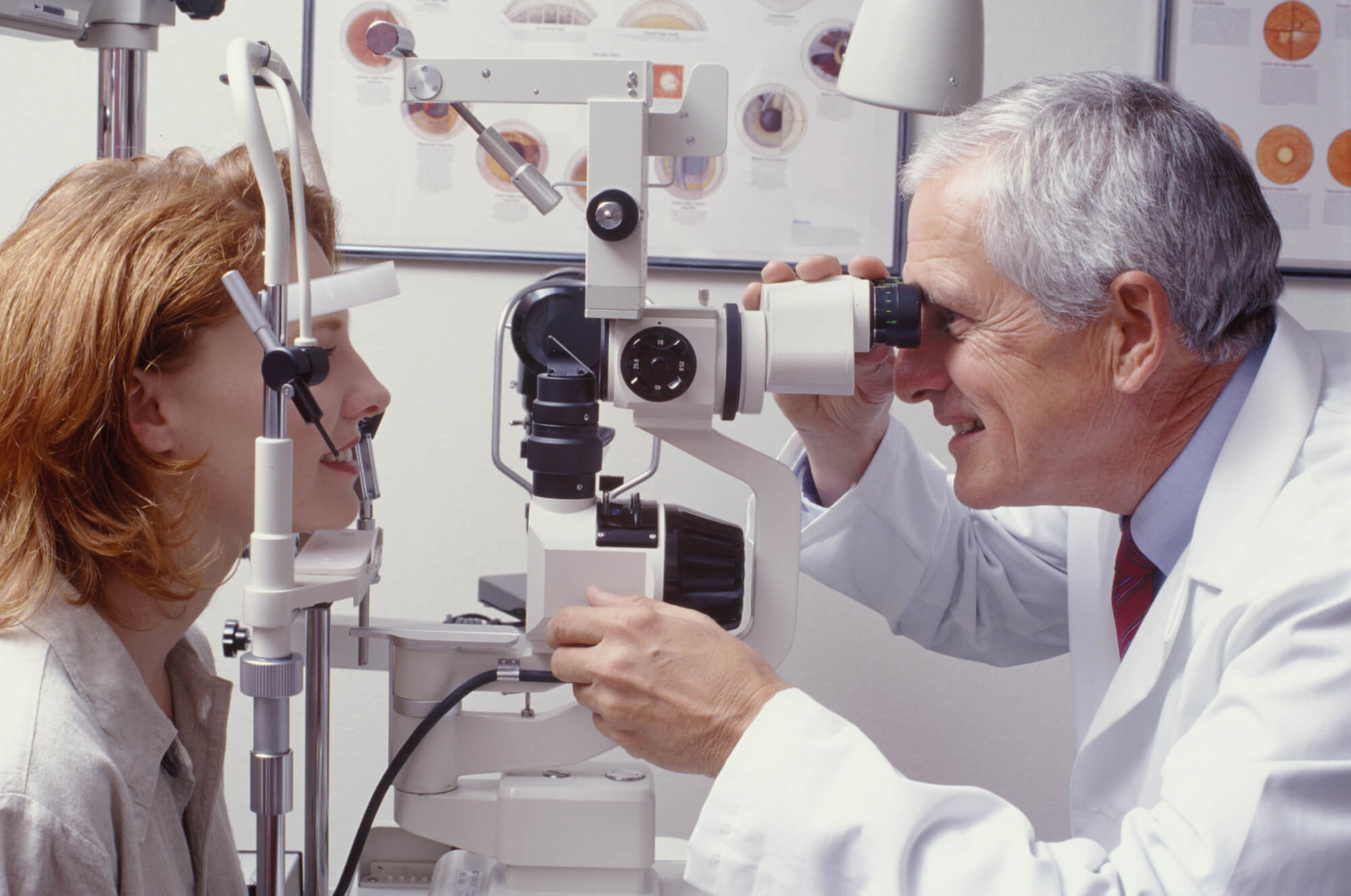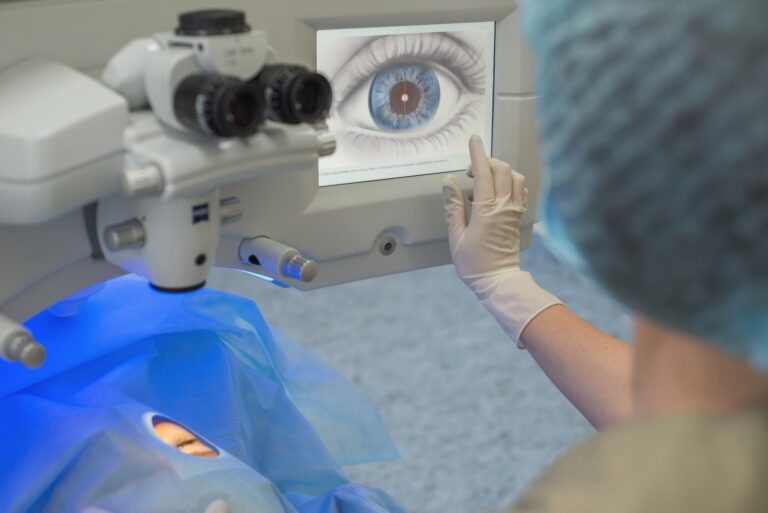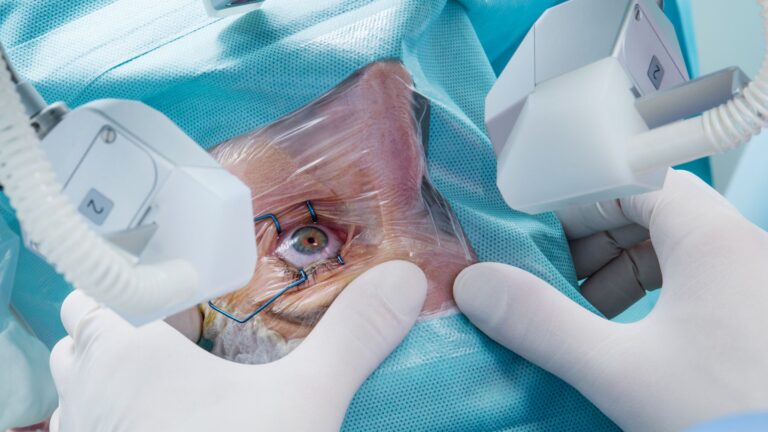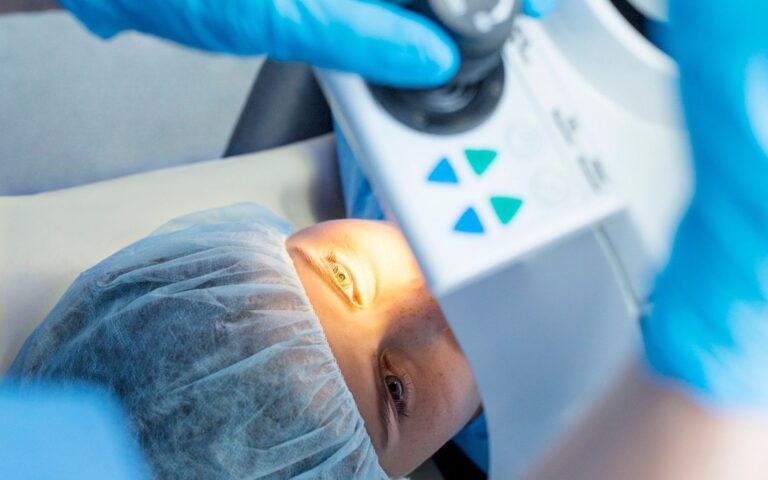FAQs About Cataract Surgery: Common Concerns Addressed
Cataract surgery is a common procedure performed to restore vision in individuals with cataracts. If you or a loved one is considering this surgery, you may have several questions and concerns. In this article, we will address some of the most frequently asked questions about cataract surgery to help alleviate any anxieties and provide you with the information you need to make an informed decision.
Understanding Cataract Surgery
Cataract surgery involves the removal of the cloudy lens in your eye and replacing it with an artificial lens called an intraocular lens (IOL). This is typically done on an outpatient basis, meaning you can return home on the same day as your cataract eye surgery.
During cataract surgery, the ophthalmologist makes a small incision in the eye and uses ultrasound technology to break up the cloudy lens, which is then carefully removed. Once the cataract is removed, the IOL is inserted into the eye to replace the natural lens. The IOL is designed to improve your vision and is customized to your eye’s specific needs. Click here for exploring the benefits of advanced technology cataract surgery.
What is Cataract Surgery?
Cataract surgery is a procedure in which the cloudy lens of your eye is removed and replaced with an artificial lens. This lens allows light to pass through properly, improving your vision.
After cataract surgery, it is common for patients to experience improved clarity of vision, enhanced color perception, and reduced glare sensitivity. The recovery process is relatively quick, with many patients noticing significant improvements in their vision within a few days of the surgery.
The Purpose of Cataract Surgery
The primary purpose of cataract surgery is to restore clear vision. Cataracts can cause blurred vision, difficulty seeing at night, increased sensitivity to light, and other visual impairments. By removing the cataract and replacing it with an IOL, your vision can be significantly improved.
It is important to note that cataract surgery is one of the most commonly performed and successful surgeries in the world. The procedure has a high success rate, with the vast majority of patients achieving improved vision and quality of life after undergoing cataract surgery.
Preparing for Cataract Surgery
Before undergoing cataract surgery, there are a few steps you’ll need to take to ensure a successful procedure.
Cataract surgery is a common and highly effective procedure that can significantly improve your vision and quality of life. It involves removing the cloudy lens of your eye and replacing it with a clear artificial lens. The surgery is typically performed on an outpatient basis, meaning you can go home the same day.
Steps to Take Before Surgery
Prior to your surgery, your eye doctor will conduct a comprehensive eye examination to assess the severity of your cataracts and determine the most appropriate treatment plan. They may also discuss any medications you’re taking and provide specific instructions on what to do leading up to the surgery.
It’s important to follow all pre-operative instructions provided by your eye doctor to ensure the best possible outcome. This may include avoiding certain medications, fasting for a period of time before the surgery, and arranging for someone to drive you home afterwards.
What to Expect on Surgery Day
On the day of your cataract surgery, you’ll typically need to arrive at the surgical center or hospital about an hour before your scheduled procedure. You’ll be given a local anesthetic to numb the eye and may also receive medication to help you relax.
The actual surgery usually takes less than 30 minutes to complete, and most patients experience little to no discomfort. After the procedure, you’ll rest for a short period of time before being discharged with post-operative care instructions.
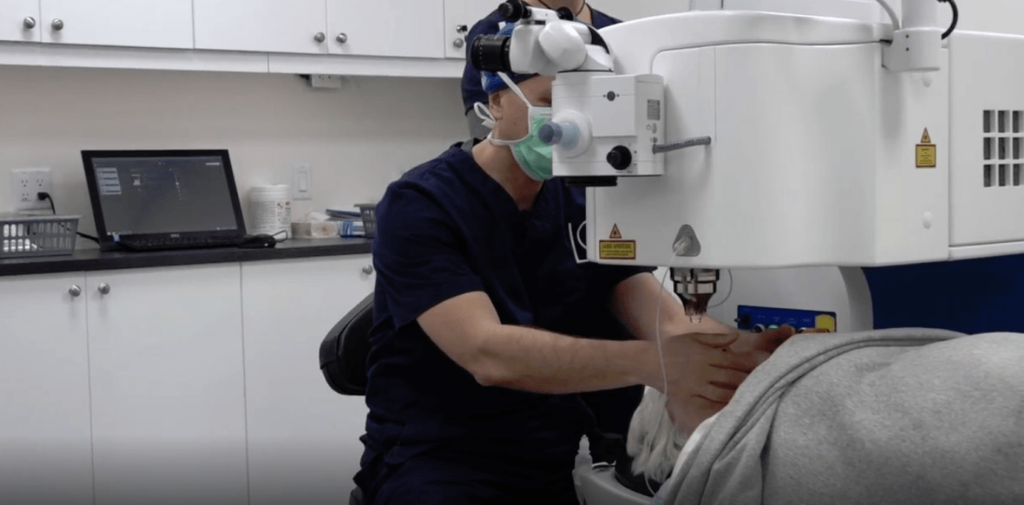
The Cataract Surgery Procedure
During cataract surgery, your surgeon will use specialized tools and techniques to successfully remove the cataract and insert the IOL. Let’s take a closer look at the detailed breakdown of the procedure.
Cataract surgery is a delicate and intricate procedure that requires precision and skill. The surgeon begins by administering local anesthesia to ensure your comfort throughout the surgery. Once the eye is numb, a small incision is made in the cornea to access the clouded lens. This incision is so small that it typically does not require stitches and heals on its own.
Detailed Breakdown of the Procedure
The surgeon will make a small incision in your eye to access the clouded lens. They will then use a technique called phacoemulsification to break up the cataract into small pieces and remove them. After the cataract is removed, the surgeon will insert the IOL through the same incision and position it correctly.
Phacoemulsification is a modern cataract removal technique that utilizes ultrasound waves to emulsify the cataract, allowing for easier removal. This method is preferred for its precision and quick recovery time, enabling patients to resume their daily activities soon after surgery.
Tools and Techniques Used
Advancements in technology have led to more precise and efficient cataract surgery techniques. Surgeons now use tools such as ultrasound probes, lasers, and microscopic instruments to perform the procedure with remarkable precision and accuracy.
Laser-assisted cataract surgery is another innovative approach that offers enhanced accuracy in certain steps of the procedure. By using laser technology, surgeons can create precise incisions and soften the cataract for easier removal. This level of precision contributes to better visual outcomes and overall patient satisfaction.
Post-Surgery Expectations
After your cataract surgery, it’s essential to follow the immediate aftercare instructions provided by your surgeon. This will help ensure proper healing and minimize the risk of complications.
Understanding what to expect post-surgery can help alleviate any concerns you may have. In addition to the aftercare instructions, it’s important to protect your eyes from irritants and direct sunlight during the initial stages of recovery. Wearing sunglasses and avoiding activities that could strain your eyes will aid in a smooth healing process.
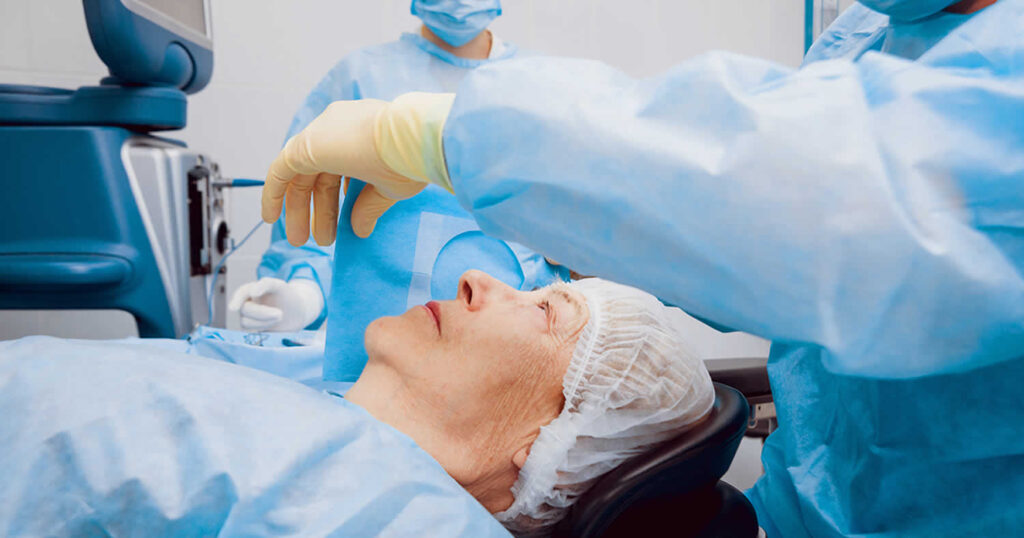
Immediate Aftercare and Recovery
Following the surgery, you may experience some mild discomfort, but this should subside within a few days. Your surgeon will provide you with a schedule for using prescribed eye drops to prevent infection and aid in healing. It’s important to attend all follow-up appointments as scheduled to monitor your progress.
During the recovery period, it’s recommended to avoid rubbing your eyes, as this can interfere with the healing process and increase the risk of complications. Engaging in light activities and getting plenty of rest will support your body’s recovery efforts and promote optimal healing.
Long-Term Vision Changes and Adjustments
It’s common to experience some vision changes after cataract surgery as your eyes adjust to the new IOL. These changes may include improved near or distance vision, reduced dependence on glasses, and enhanced color perception. However, it’s crucial to remember that each person’s visual outcome can vary.
As your eyes continue to heal and adjust post-surgery, it’s normal to experience fluctuations in vision clarity. Your surgeon may recommend specific exercises or activities to help strengthen your eye muscles and improve your overall visual acuity. Patience is key during this period, as gradual improvements in vision can continue for several weeks following the procedure.
Risks and Complications of Cataract Surgery
Like any surgical procedure, cataract surgery comes with certain risks and potential complications. However, it’s important to note that the majority of cataract surgeries are successful and result in improved vision.
Common Risks Associated with Surgery
Some common risks associated with cataract surgery include infection, bleeding, increased intraocular pressure, and inflammation. These risks can be mitigated through proper pre and post-operative care, adherence to medication schedules, and promptly reporting any concerns or unusual symptoms to your surgeon.
How to Handle Potential Complications
In rare cases, complications such as retinal detachment, posterior capsule opacification, or dislocation of the IOL may occur. It’s crucial to promptly seek medical attention if you experience severe eye pain, sudden vision loss, or any other unusual symptoms following cataract surgery.
While the risks of cataract surgery are relatively low, it’s essential to be aware of potential complications that may arise. One uncommon but serious complication is endophthalmitis, which is a severe infection inside the eye. Symptoms of endophthalmitis include pain, redness, decreased vision, and discharge from the eye. Immediate medical attention is necessary if you suspect this complication.
Another rare complication is cystoid macular edema, which is the swelling of the central portion of the retina. This can lead to blurry or distorted vision. Treatment options for cystoid macular edema may include medications, injections, or in severe cases, additional surgery.
